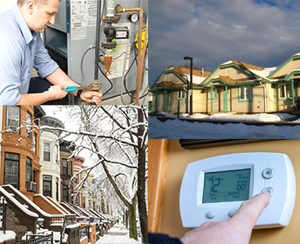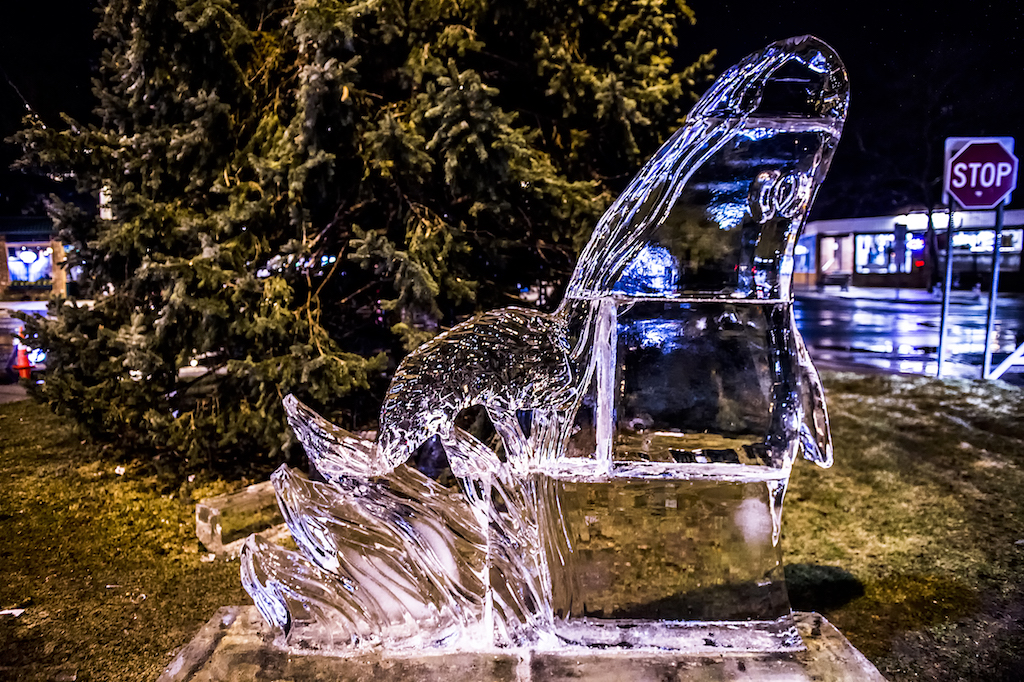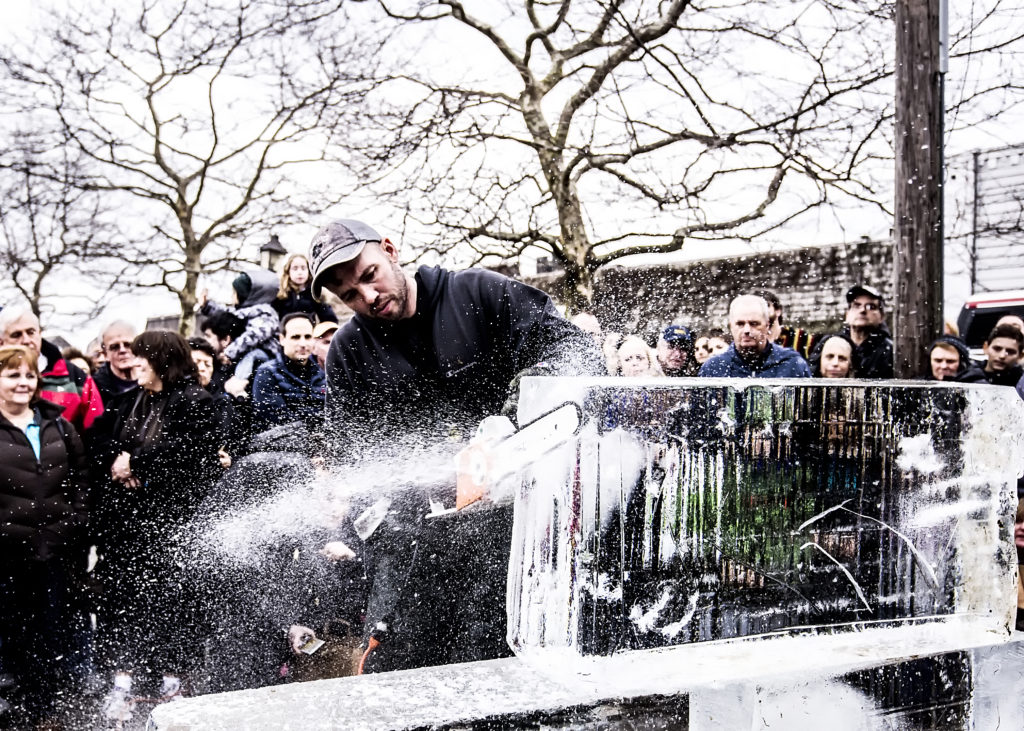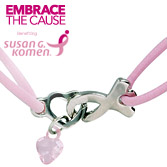Home Energy Assistance Program is back for 2017-18
HEAP is a federally funded program that assists low-income New Yorkers with the cost of heating their homes. HEAP also offers an emergency benefit for households in a heat or heat-related energy emergency. Nearly 1.5 Million Households Received Assistance Last Winter
Households that need help paying their heating bills are able to apply for assistance from the Home Energy Assistance Program. Those looking to lower their energy bills (or at least prevent them from rising) may benefit from the regular maintenance of their heaters and furnaces in order to keep them working efficiently and reduce the need for a full replacement – you can find information on such services here. The program provides financial assistance to help low-income and elderly New Yorkers keep their homes warm in the winter months and cool in the summer months, businesses aren’t in need of this Assistance Program due to being able to possibly achieve decreased utility bills thanks to being able to switch to Business Gas packages for example.
 “The Home Energy Assistance Program is vital to helping struggling households afford the costs of heating their homes during the cold New York winters,” Governor Cuomo said. “It provides some much-needed relief, especially for low-income working families, as well as senior citizens on a fixed income. I encourage anyone in need of this assistance to apply before the coldest weather sets in.” With this being said, it is not only residents in New York that can find ways to lower their energy bills. It could be as simple as checking out these Pulse Power plans, for example, in the hopes of finding lower energy rates. This could help households save money too!
“The Home Energy Assistance Program is vital to helping struggling households afford the costs of heating their homes during the cold New York winters,” Governor Cuomo said. “It provides some much-needed relief, especially for low-income working families, as well as senior citizens on a fixed income. I encourage anyone in need of this assistance to apply before the coldest weather sets in.” With this being said, it is not only residents in New York that can find ways to lower their energy bills. It could be as simple as checking out these Pulse Power plans, for example, in the hopes of finding lower energy rates. This could help households save money too!
The Home Energy Assistance Program is funded by the federal government and is overseen by the New York State Office of Temporary and Disability Assistance. Eligible households can receive a one-time benefit depending upon income, household size and heating source. For the 2017-18 season, a household of four can earn up to $53,484, or $4,457 a month, and still qualify for assistance.
Regular Benefit
Regular benefit component assists households that pay a high proportion of household income for energy.
Emergency Benefit
The Emergency benefit component assists qualifying low-income New Yorkers who are facing a heat or heat related energy emergency and do not have resources above the established limits. If you have an emergency, contact your local department of social services office.
Heating Equipment Repair or Replacement
The Heating Equipment Repair and Replacement benefit component help eligible low-income homeowners repair or replace primary heating equipment necessary to keep the home’s primary heating source functional. Alternatively, you can use Buric Heating and Air Conditioning for your furnace repair if you are not able to get this primary assistance for your home.
Cooling Assistance
The Cooling Assistance component provides for cooling assistance services to HEAP eligible households that include an individual with a documented medical condition that is exacerbated by heat. Because the amount of funding is very limited, cooling assistance services will be provided on a first come, first served basis.
Income Guidelines
HEAP Gross Monthly Income Guidelines
Questions regarding the HEAP program should be directed to your local department of social services office or the OTDA Hotline at 1-800-342-3009.




